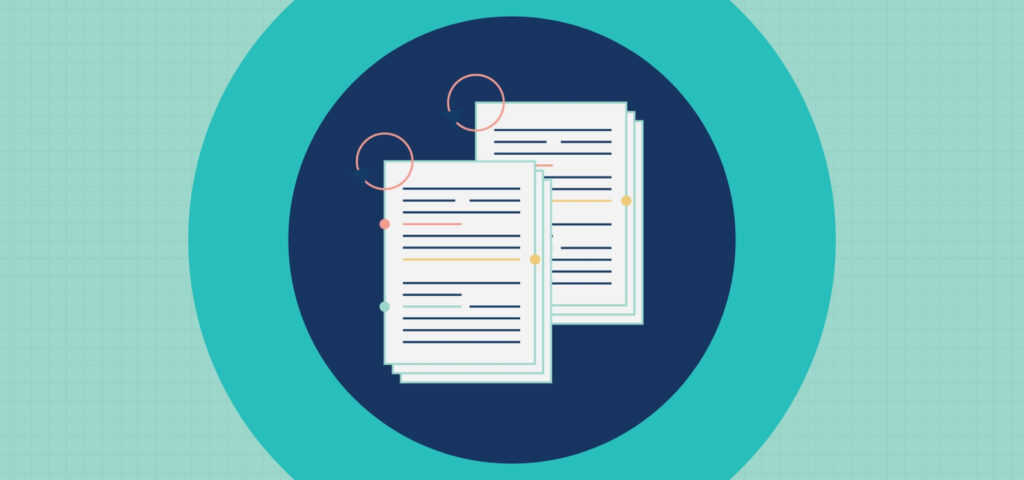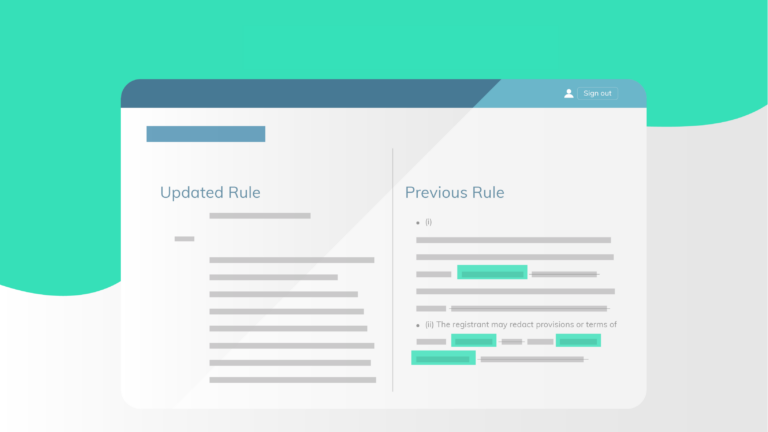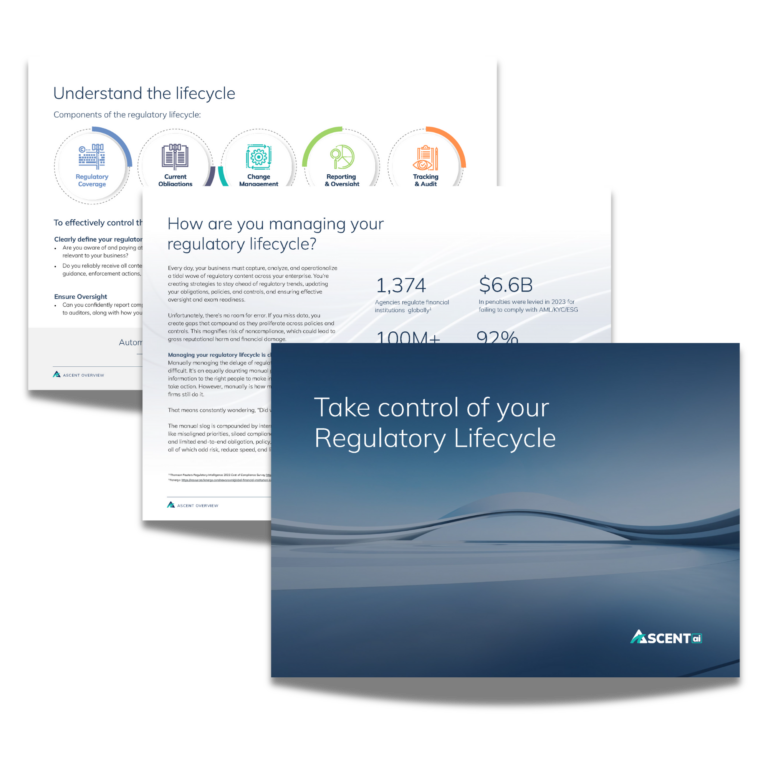Regulatory mapping may mean different things to different organizations, but new RegTech tools can help you more accurately and efficiently meet all your mapping challenges while freeing you from the costs and risks of time-consuming manual tasks.
–––
Defining Terms
Despite the near-universal challenge of regulatory compliance, terminology around many common concepts can be imprecise. One such concept is “regulatory mapping,” a compliance term with multiple meanings across the industry. Below are three common definitions:
- Regulatory mapping – of laws, rules, and regulations relevant to your business in order to determine your obligations – In this instance, regulatory mapping refers to the process of reading and analyzing voluminous regulatory text to understand exactly which specific obligations apply to your business. Whether conducted in-house or outsourced, this process involves manually digging into the rules to determine which obligations are applicable to the business. The process captures the firm’s baseline obligations across jurisdictions.To do this, most firms create and maintain a rule register. This is a list of all rules that apply to the business. An obligations inventory is a newer concept that refers specifically to an inventory of the specific obligations that apply to the firm, detailed down to the line level of regulation.
- Regulatory mapping – of changes to your obligations – This definition involves compliance personnel constantly scouring regulatory websites, newsfeeds, and other sources to capture the latest rule amendments or additions and then conducting applicability analyses to determine which changes apply to your business.Compliance personnel must then do the complex work of impact analysis to understand how the changes impact the firm’s existing obligations. Has an existing obligation changed in some way? Are there new obligations due to the rule change? Are any existing obligations rendered unnecessary due to the change?Compliance teams must answer all of these questions before updating their rule register and obligations inventory accordingly.
- Regulatory mapping – of your obligations to your internal controls, policies, and procedures – Regulatory changes need to flow through to your controls and policies so that you can properly coordinate and execute the changes throughout the business. In this context, regulatory mapping is the process of tying your obligations to those internal controls, policies, and procedures.
Each of these definitions are correct—regulatory mapping should encompass all of them. Thus, regulatory mapping represents a complex web of legal documentation, rule changes and internal processes.
Out of all these challenges, regulatory change management is considered especially daunting since sources of regulatory change include international, national, state, and local legislative actions, court decisions, and executive actions. The work of identifying these changes and zeroing in on what applies to the organization remains largely mired in manual and siloed processes.
“Automation, technology, and expertise help transform the regulatory mapping and compliance functions from merely a cost center to a function that supports financially sound and efficient decision-making by capitalizing on business intelligence and supporting the commitment to appropriate compliance processes.” — Compliance Week
RegTech to the Rescue
RegTech provides an alternative to the manual management of regulatory mapping—one that does not require throwing additional personnel, time, and resources at the growing burden.
The benefits of automation in regulatory mapping processes include:
- The ability to convert regulatory text into your specific obligations more efficiently and accurately, with less chance of human error (AscentAI’s output is 99.5% accurate)
- Streamlining the process of capturing changes relevant to your business, understanding their impact, and mapping them to your policies and controls
- Freeing your compliance team from tedious, error-prone administrative work and increasing their focus on facilitating compliance, developing regulatory strategy, and proactively planning for regulatory change
- Providing a more complete understanding of your regulatory landscape, while spending less time and money
- Reducing regulatory and reputational risk, avoiding fines, and lowering your overall cost to comply
Ensure you use purpose-built tools for financial services regulatory mapping
Not all RegTech tools are created equal. They can be quite limited in their scope and exorbitant in their claims. Ensure that the tools you use provide the following:
- Automation to identify the obligations that pertain to your specific organization
- Continual discovery of rule amendments and updates that apply to you, linked to your existing obligations so you can instantly understand the impact to your business
- Seamless connection via API to best-in-class GRC platforms like IBM OpenPages so you can map your obligations to organizational controls, policies, and procedures
Interested in learning more? Contact us



